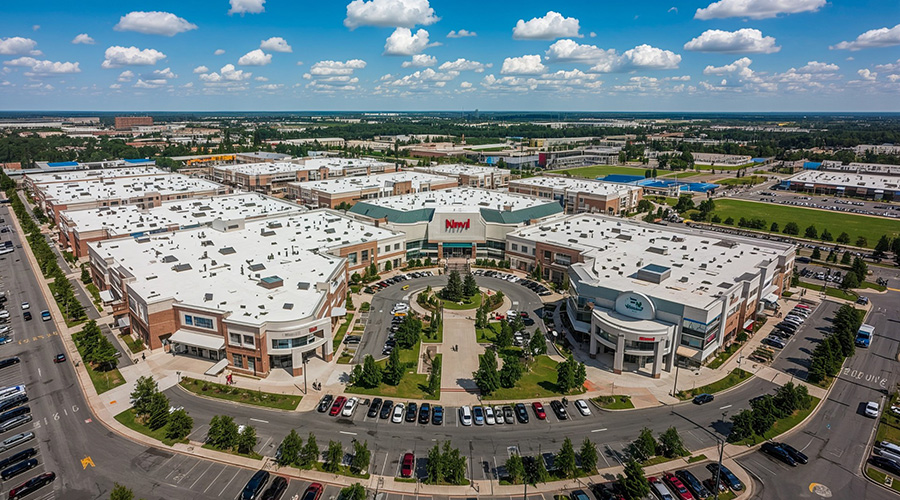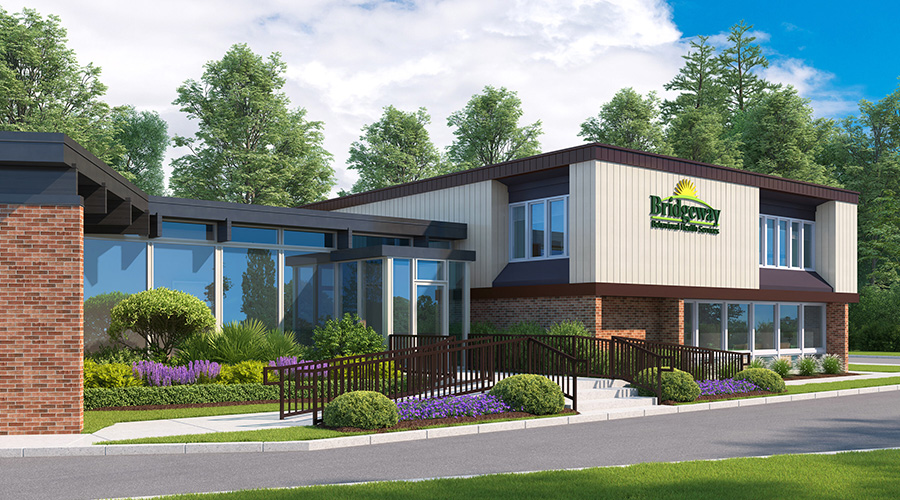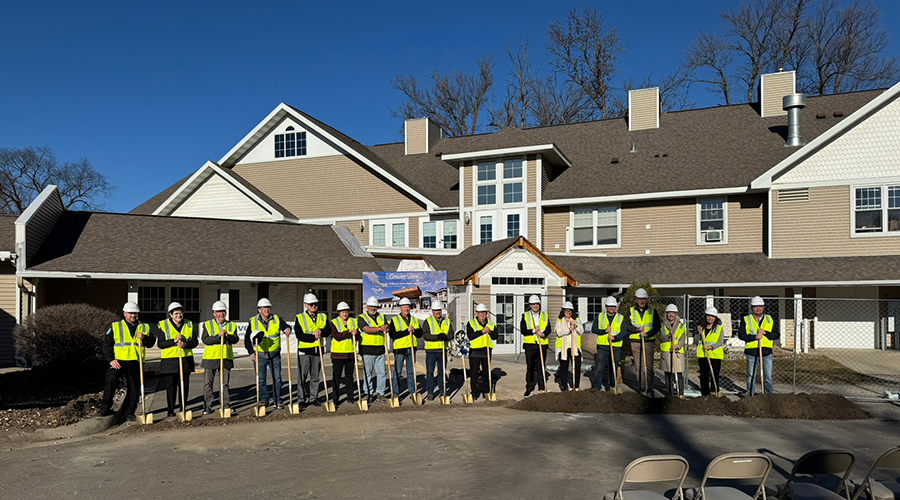Getting lost can be especially dangerous for dementia patients. A possible solution for this problem lies in the designs of the buildings they live in, according to an article on the Upworthy website.
Woodside Place, an assisted-living community in Pittsburgh, Pa., was specifically built and decorated to accommodate the natural wandering tendencies of people living with dementia.
Design decisions — like the use of color — help reinforce and strengthen the residents' spatial memory.
By making the space more colorful, Woodside provides a quick intuitive reminder for residents to identify where they are.

 Healthcare Is the New Retail
Healthcare Is the New Retail Bridgeway Behavioral Health Services Launches Campaign to Renovate Health Center
Bridgeway Behavioral Health Services Launches Campaign to Renovate Health Center Ground Broken for New North Dakota State Hospital
Ground Broken for New North Dakota State Hospital AI Usage for Healthcare Facilities
AI Usage for Healthcare Facilities Ground Broken on Pelican Valley Senior Living Modernization Project
Ground Broken on Pelican Valley Senior Living Modernization Project